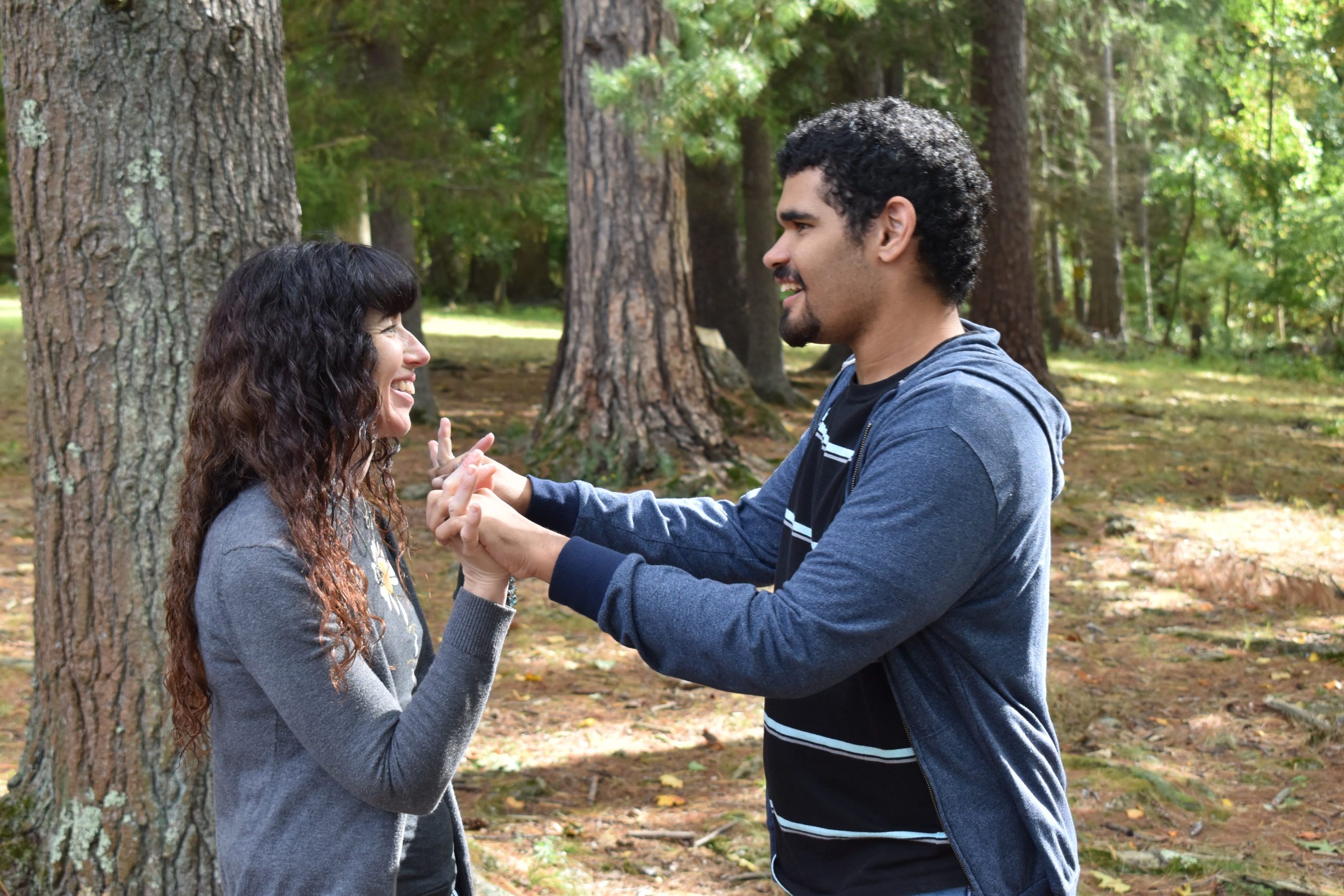LIFEPlan Member and Hudson Valley Regional Liaison Stacy Mason shares the story of her family journey with a seizure disorder.
In my 16 years working as a Social Worker and Parent Trainer with special needs families, I had worked with many families whose children have had an additional diagnosis of epilepsy along with autism, cerebral palsy and other developmental disabilities. I had even seen many people have seizures in my younger years working with people with I/DD at Orange County AHRC, Crystal Run Village and Rockland Psychiatric Center, but none of that prepared me for my own son having his first seizure at the age of 18.
It was a sunny June morning a little more than 4 years ago. Trevor and I were in the kitchen and had just finished breakfast. We were getting ready for school. Out of nowhere he cried out and fell backward as if he had been kicked in the stomach and started convulsing. I recognized it as a grand mal seizure. I ran to him frantically and tried to keep him from hitting his head on the kitchen chairs. In shock, I grabbed my phone, but briefly couldn’t remember how to make a call. I finally managed to call 911 and struggled to explain what had just happened. A trip to the emergency room and many tests followed, with no definitive answer for what would cause an 18-year-old to have his first ever seizure. After more additional testing and many questions, we finally had a diagnosis. Trevor has Epilepsy.
But what is Epilepsy? Epilepsy is a disorder in which nerve cell activity in the brain is disturbed, causing seizures. During a seizure, a person experiences abnormal behavior, symptoms, and sensations, sometimes including loss of consciousness. There are few symptoms between seizures. Seizures are classified into two groups: Generalized Seizures and Focal Seizures. Generalized Seizures affect both sides of the brain and can be either Absence Seizures (sometimes called Petit Mal seizures) or Tonic-Clonic Seizures (sometimes called Grand Mal seizures). Focal Seizures are located in just one area of the brain. These are also called Partial Seizures. Epilepsy is usually treated by medications and in some cases by surgery, devices, or dietary changes. Seizures are the most common neurologic complication in ASD. About 30% of people with autism have epilepsy.
It has been a long and scary journey through this new world of epilepsy for us over the past 4 years. There have been many seizures since that first one in June 2016. We were lucky enough to have a good Neurologist whose best quality was that she listened to me and made adjustments based on my meticulous reports about the seizures and my gut feelings.
Personally, I developed PTSD as a result of these unexpected and frightening seizures and found myself in a constant state of high alert. Trevor had fallen in the shower and out of bed, but thankfully has never gotten hurt. Every loud noise day or night, and even when I wasn’t with him, sounded like a seizure according to my ears and heart. I am finally feeling better. Talking to friends and family has helped, as well as eating right, getting exercise and doing work that I find very rewarding. It helps that I feel confident now that there is not a seizure around every corner. Six months seizure free feels like a miracle! I am so grateful that we are here now, and hope to bring some hope to others who may be going through this as well, or something else that’s really hard.

